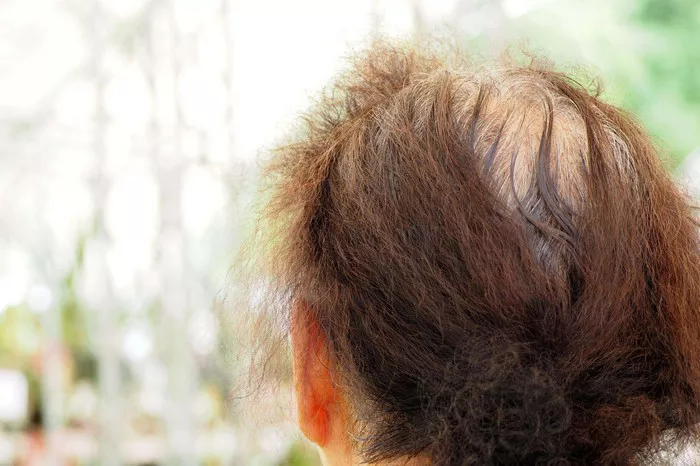In recent years, hair transplant procedures have gained immense popularity as a solution for individuals struggling with hair loss. While there are numerous success stories highlighting the benefits of this surgical intervention, it is equally essential to shed light on the potential disadvantages and drawbacks associated with hair transplant surgery. In this comprehensive guide, we will explore the disadvantages of hair transplant, providing you with a balanced perspective to make an informed decision.
Risk of Infection:
One of the primary disadvantages of hair transplant surgery is the risk of infection. Although the procedure is carried out in a sterile environment, any breach in the skin can potentially lead to infections. These infections may require medical intervention, causing discomfort and affecting the overall success of the transplant.
1. Infection Types:
Infections can manifest as folliculitis (inflammation of hair follicles), cellulitis (skin infection), or abscess formation. Each type requires specific treatment and can result in scarring if not addressed promptly.
2. Prevention Measures:
To minimize the risk, it’s crucial to follow post-operative care instructions diligently, including keeping the treated area clean and taking prescribed antibiotics as recommended by your surgeon.
3. Statistics:
According to recent studies, infection rates after hair transplant surgery range from 1% to 5%, emphasizing the importance of proper aftercare.
Scarring:
Scarring is another potential drawback of hair transplant surgery, especially in cases where the procedure is not performed with precision or if the patient’s healing process is less than ideal.
1. Types of Scars:
Two common types of scars associated with hair transplant surgery are linear scars (resulting from the strip method) and tiny white scars (from FUE or Follicular Unit Extraction). These scars can be visible if not concealed by surrounding hair.
2. Concealing Scars:
Although modern surgical techniques have reduced the visibility of scars, the extent of concealment largely depends on individual healing and the skills of the surgeon.
3. Revision Surgery:
In some cases, additional surgeries may be required to address scar visibility, which can add to the overall cost and recovery time.
Limited Donor Hair Supply:
Another disadvantage worth considering is the finite supply of donor hair available for transplantation. The donor area is typically the back and sides of the head, and the amount of hair that can be harvested is limited.
1. Patient Expectations:
Patients with extensive baldness may find that there isn’t enough donor hair to achieve their desired level of coverage. Managing expectations is crucial in such cases.
2. Alternative Solutions:
Patients with limited donor supply might need to explore alternative solutions, such as combining hair transplant with other therapies like PRP (Platelet-Rich Plasma) or hair growth medications.
3. Statistics:
Studies show that on average, individuals undergoing hair transplant procedures can expect to have 50% to 80% of the transplanted hair to grow back, depending on various factors, including donor hair quality and patient characteristics.
Cost Considerations:
While hair transplant surgery can be an effective solution for hair loss, it comes at a significant cost. The financial aspect can be a disadvantage for many individuals seeking this procedure.
1. Initial Expense:
Hair transplant surgery can be quite expensive, and the cost varies depending on factors like the method used, the surgeon’s expertise, and the number of grafts required.
2. Additional Costs:
Patients should also consider post-operative costs, including medications, follow-up visits, and potential revisions.
3. Alternative Treatments:
For individuals with budget constraints, exploring non-surgical options like wigs, hairpieces, or topical treatments may be more financially viable.
4. Insurance Coverage:
It’s essential to note that most health insurance plans do not cover the cost of hair transplant surgery, making it an out-of-pocket expense.
See Also: Is DHI Hair Transplant Permanent: The Longevity of Results
In conclusion
While hair transplant surgery offers a promising solution for hair loss, it is essential to be aware of the potential disadvantages. Understanding the risks, managing expectations, and choosing a qualified surgeon can significantly improve the overall experience and increase the chances of a successful outcome. Ultimately, the decision to undergo a hair transplant should be made after careful consideration of both the advantages and disadvantages of the procedure.


